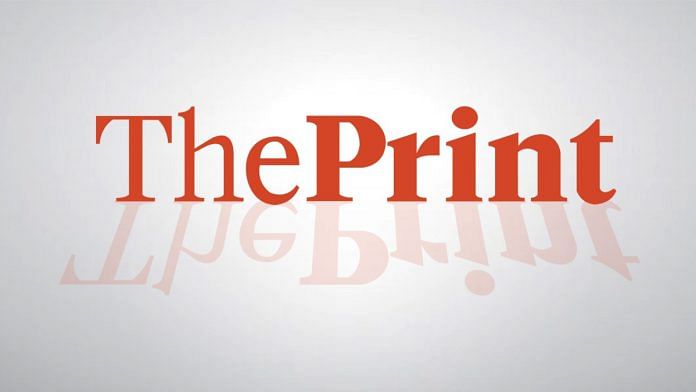Beijing, Jun 4 (PTI) China’s Chang’e-6 probe on Tuesday lifted off from the far side of the Moon for its journey back to Earth carrying the first rock samples ever collected from the rarely explored terrain, in an ambitious mission that underscored the country’s rise as a major space power.
The ascender has entered a pre-set orbit around the Moon after taking off from the far side this morning, the China National Space Administration (CNSA) announced.
At 7:38 a.m. (Beijing Time) on Tuesday, it lifted off from the lunar surface, carrying samples collected from the Moon’s far side, the state-run Xinhua news agency reported. Its return journey to Earth is estimated to take about three weeks, with a landing expected in China’s Inner Mongolia region around June 25.
After the sampling was completed, a Chinese national flag carried by the lander was unfurled for the first time on the far side of the Moon, the CNSA said.
The Chang’e-6 probe, comprising an orbiter, a lander, an ascender and a returner — like its predecessor Chang’e-5 — was launched on May 3.
It is tasked with collecting and returning samples from the Moon’s far side, the first endeavour of its kind.
China is the only country to have landed on the far side of the moon, having also done so before in 2019.
India became the first country to land near the little-explored lunar south pole region last year when its Chandrayaan-3’s lander, carrying the Pragyaan rover, successfully landed there.
The lander-ascender combination, separated from the orbiter-returner combination on May 30, touched down at the designated landing area in the South Pole-Aitken (SPA) Basin on June 2 for the first time in human history.
The spacecraft finished its intelligent and rapid sampling work, and the samples were stowed in a container inside the ascender of the probe as planned, the CNSA said.
During sampling and packaging, researchers conducted simulated sampling in a ground lab based on the detection data sent back by the Queqiao-2 relay satellite, providing important support for decision-making and operations in every link.
“The mission has withstood the test of high temperature on the far side of the moon,” the CNSA said.
It adopted two methods of moon sampling, including using a drill to collect subsurface samples and grabbing samples on the surface with a robotic arm.
Ge Ping, the spokesperson for the Chang’e-6 mission, said that through detailed analysis of the soil structure, physical properties and material composition of the Chang’e-6 samples, scientists will be able to deepen research on the formation and evolutionary history of the Moon, the origin of the solar system and so on, laying an improved foundation for later exploration missions to build on.
The multiple payloads installed on the lander, including the landing camera, panoramic camera, lunar soil structure detector and lunar mineral spectrum analyser, worked well and carried out scientific exploration as planned, the CNSA said.
The international payloads carried by the lander of Chang’e-6, including the Negative Ions on the Lunar Surface (NILS), developed by the European Space Agency (ESA)/Sweden, and the Detection of Outgassing RadoN (DORN), developed by France, also worked well and carried out corresponding scientific detection, it said.
The ascender is expected to carry out unmanned rendezvous and docking with the orbiter-returner combination in lunar orbit, and the samples will be transferred to the returner, Xinhua news agency reported.
The orbiter-returner combination will orbit the Moon, awaiting the optimal time to transfer back to Earth. When it approaches Earth, the returner carrying the lunar samples will re-enter the atmosphere, aiming for a touchdown at Siziwang Banner in north China’s Inner Mongolia Autonomous Region, the CNSA said.
China’s plans include landing astronauts on the moon by 2030 and building a research base at its south pole, a region believed to contain water ice. China plans to launch two more missions as it nears its 2030 target of sending astronauts to the moon. PTI KJV GRS AKJ GRS GRS
This report is auto-generated from PTI news service. ThePrint holds no responsibility for its content.




